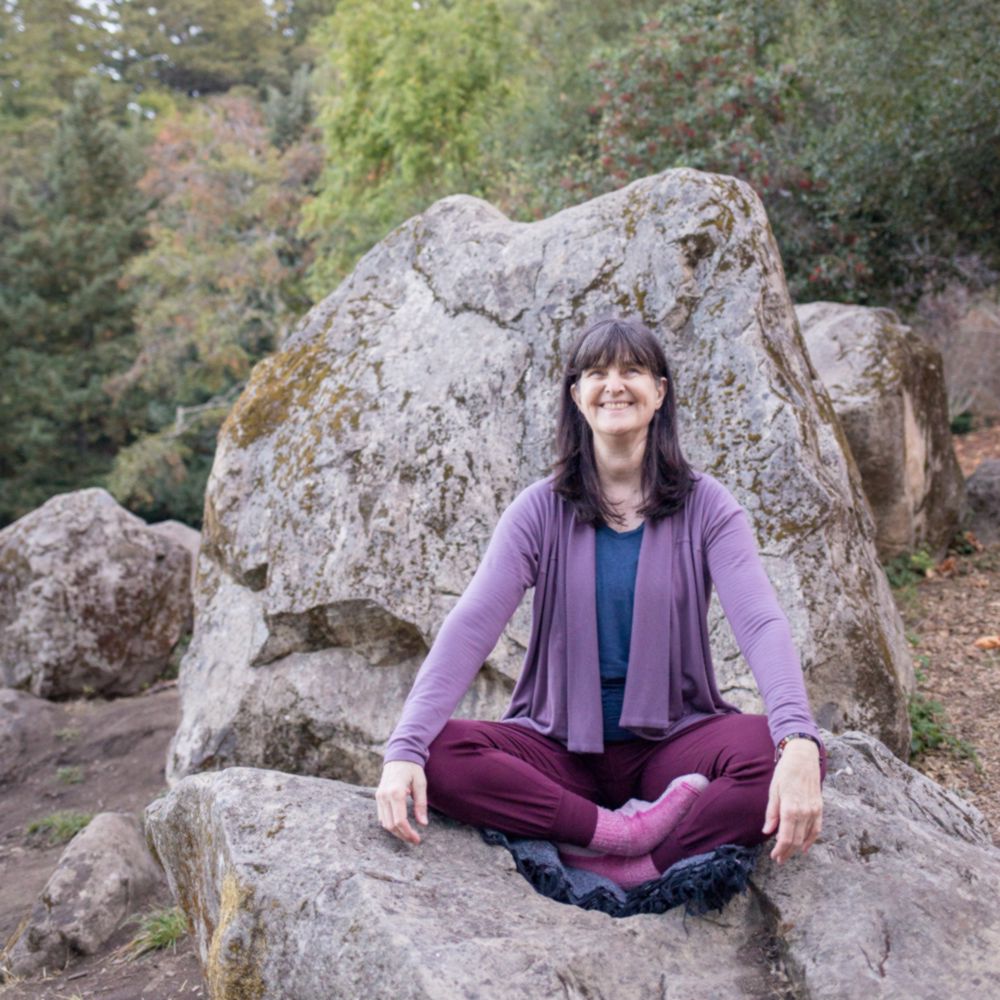Tackling the Yoga Sūtras in one go can be a daunting endeavor. From experience, I have started, stopped, and restarted many times. For this reason, I decided to write a monthly piece, for which I pick a Sūtra and let you know how it may be interpreted. The idea is to do so in small doses so that you can taste, swallow, and digest it before we present you with another one. Last month, we dove into the third sūtra and this month we’re focusing on the fourth. Here we go!
वृत्ति सारूप्यमितरत्र ॥४॥
1.4 vṛtti-sārūpyam itaratra
vṛtti = fluctuations, modifications, thought-waves
sārūpyam = identification
itaratra = at other times, otherwise
At other times, puruṣa is absorbed in the changing states of the mind.
When puruṣa is not abiding in its own nature, it is absorbed in the citta vṛttis. The mind presents sensory information to puruṣa, and due to the strong connection, interdependency, and proximity between puruṣa and citta, the soul forgets its true nature and misidentifies with the ever-changing states of the mind. It is said that the mind is like the flame of a candle, constantly changing, depending on our experiences and interpretations of the world around us. If we are able to calm the mind, we can begin to know our true nature.
“As a lamp in a windless place does not flicker, to such is likened the disciplined mind of a yogi who practices union with the self.”
Bhagavad Gita, VI.19
This misidentification, or ignorance, is called avidyā. ‘Vid’ means “to know, understand,” so avidyā means “to not know, not understand.” Avidyā refers to the soul’s apparent bondage to the physical world. Depending on our mental interpretations of the world, we experience states of happiness and sadness, pleasure and pain, etc. Hence, puruṣa, our innermost self, becomes both the enjoyer and sufferer of the things of the world. Once we are able to still the vṛttis, we can begin to realize that the emotions, anxieties, and frustrations that we experience do not belong to puruṣa. Thus, yoga is not necessarily union with the self, but mainly liberation of puruṣa from prakṛti, the material world.
“He who sees that all actions are done only by prakṛti and likewise that the self is not the doer – he verily sees.”
Bhagavad Gita, XIII.29
It is very common for us to identify ourselves with the world around us. For example, if someone were to ask me to describe myself, the first things I might mention are my age, profession, and nationality. But, these are external identifiers. Who am I, or what am I, really? As someone who is steeped in science and engineering, I have learned that, at smaller scales, we are made up of molecules and atoms. Within these small building blocks, we store potential energy, and, when this energy is utilized, it transforms into a different form called kinetic energy. This transformation of energy between forms is what makes the world go ‘round…as they say. I like to think that everything in this world is essentially the same, matter held together and interacting with each other through energy transfer. So, if you look deep enough, everything is essentially made up of energy in different forms. I am the same as you. I am the same as the tree. I am the same as the ocean. I am the same as the walls enclosing me in this place I call my home. So, I guess I get it when Marie Kondo kneels down to offer thanks and respect to her home. Am I getting too woo-woo here? Maybe, but this universal oneness allows us to interact with others in harmony, with compassion, loving our neighbor as ourselves. Otherwise, I am different, unique, special, with my own personal goals and aspirations, competing and at war against others’ goals and aspirations.
Patañjali’s yoga is about self-control, self-reformation, self-improvement. When we accomplish this yoga, we see a new world, a unified one where everything and everyone exists harmoniously. In this world, we do no harm, we live in truth, we do not steal, we are not possessive, we do not live in excess. More on this later.
Inquiring minds can dive deeper with these resources:
- A Source Book in Indian Philosophy by Sarvepalli Radhakrishnan and Charles A. Moore (1967)
- Yoga Philosophy of Patanjali by Swami Hariharananda Aranya (1984)
- The Yoga Sutras of Patanjali by Edwin F Bryant (2009)
- Light on the Yoga Sutras of Patanjali by BKS Iyengar (1993)
- Patanjali Yoga Sutras by Swami Prabhavananda (1991)
- The Yoga Sutras of Patanjali by Sri Swami Satchidananda (2012)

![i am the world by benstudiopro_earl btyo [Converted]-01 outline of person with earth visuals inside](https://breathetogetheryoga.com/wp-content/uploads/elementor/thumbs/i-am-the-world-by-benstudiopro_earl-btyo-converted-01-pib4npd5jqx55v7577v5hv4bd1th8g7utbp6r04bnk.jpg)















One reply on “Yoga Sūtras 101: Decoding the Fourth Sūtra”
For me , this was one of the best explanations. Sorry I missed earlier ones . Hope you continue and look forward to the next . Thank you.